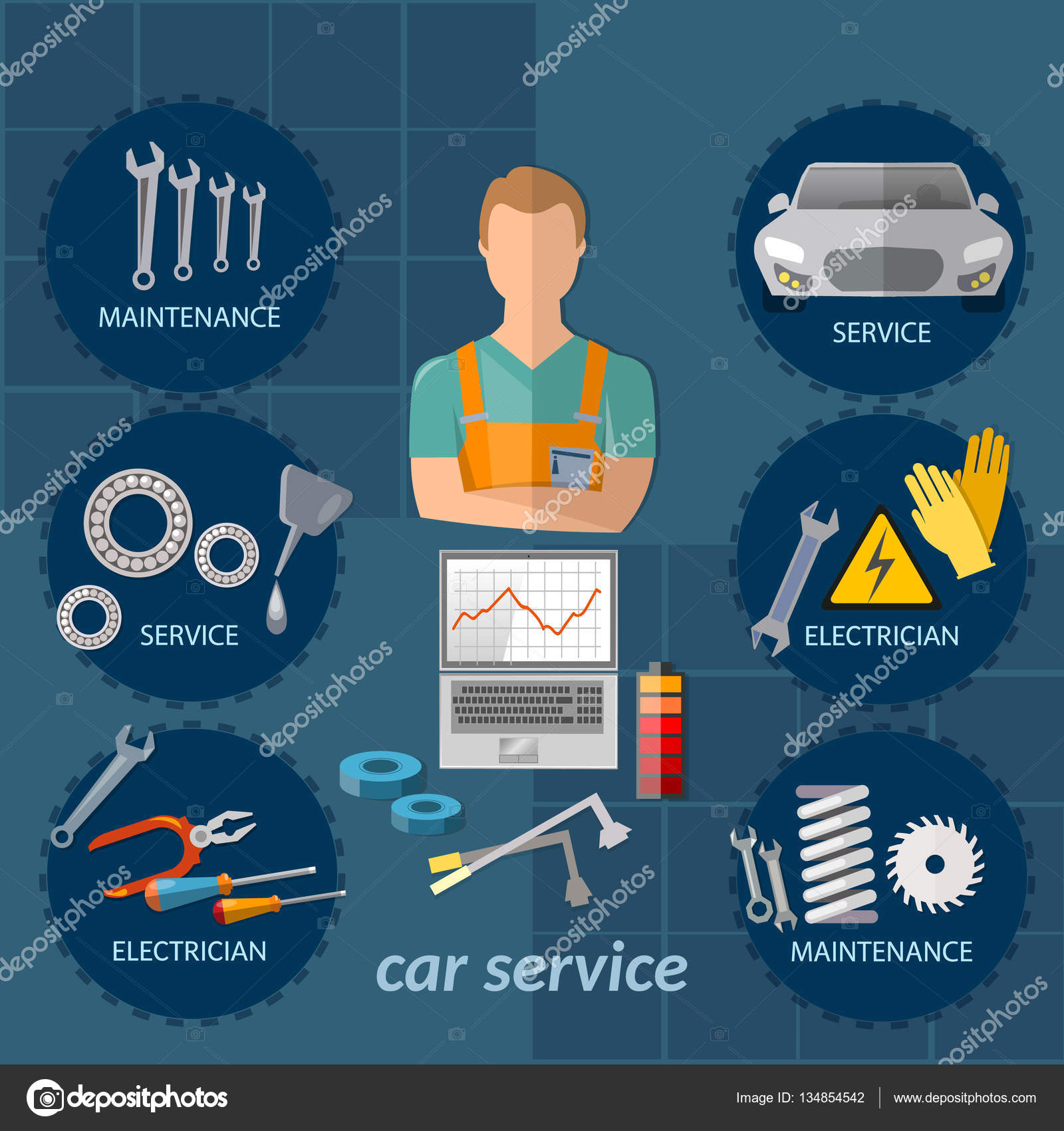Looking For Clearness On The Caution Lights Showed On Your Automobile'S Control Panel? Figure Out Exactly How They Connect To Your Automobile'S Health And Safety
Looking For Clearness On The Caution Lights Showed On Your Automobile'S Control Panel? Figure Out Exactly How They Connect To Your Automobile'S Health And Safety
Blog Article
Author-Termansen Dalgaard
When you lag the wheel, those beautiful caution lights on your dashboard can be a little bit bewildering. Do you know what they're attempting to tell you concerning your cars and truck's wellness? Understanding the significance of these lights is vital for your safety and the durability of your lorry. So, the next time among those lights appears, would not you want to understand its message precisely and take the required steps to address it?
Common Warning Lights and Interpretations
Recognize typical warning lights in your vehicle and recognize their significances to ensure safe driving.
One of the most regular warning lights include the check engine light, which signals concerns with the engine or discharges system. If this light comes on, it's crucial to have your automobile checked without delay.
The oil pressure cautioning light indicates reduced oil pressure, calling for prompt attention to stop engine damage.
A flashing battery light could suggest a faulty billing system, potentially leaving you stranded otherwise addressed.
The tire pressure surveillance system (TPMS) light signals you to reduced tire stress, influencing car stability and gas effectiveness. Disregarding this might bring about hazardous driving conditions.
The abdominal light suggests a problem with the anti-lock stopping system, compromising your capability to quit rapidly in emergencies.
Finally, the coolant temperature alerting light warns of engine getting too hot, which can lead to extreme damages if not dealt with swiftly.
Understanding these usual warning lights will aid you attend to problems without delay and preserve safe driving conditions.
Significance of Prompt Focus
Comprehending the typical caution lights in your automobile is only the very first step; the importance of quickly resolving these cautions can not be highlighted sufficient to guarantee your safety when traveling.
When a caution light brightens on your control panel, it's your auto's way of interacting a prospective concern that needs interest. Overlooking these cautions can lead to much more severe troubles in the future, compromising your safety and possibly costing you more in repairs.
Trigger focus to warning lights can stop failures and accidents. For example, a blinking check engine light might show a misfire that, if left neglected, might create damage to the catalytic converter. Resolving https://cheapoilchange40627.ziblogs.com/30361273/top-10-tips-for-picking-the-very-best-car-repair-shop-near-you without delay can save you from a pricey repair work.
Likewise, https://www.cnn.com/travel/article/road-trip-gas-prices-spring-summer-2022/index.html advising light may signify low brake liquid or used brake pads, vital elements for your safety and security when driving.
DIY Troubleshooting Tips
If you discover a warning light on your dashboard, there are a couple of DIY troubleshooting suggestions you can attempt before looking for expert assistance.
The initial step is to consult your auto's guidebook to comprehend what the specific caution light indicates. Sometimes the problem can be as basic as a loose gas cap activating the check engine light. Tightening up the gas cap might settle the problem.
An additional typical problem is a reduced battery, which can set off various cautioning lights. Checking the battery links for corrosion and guaranteeing they're protected might take care of the problem.
If a warning light persists, you can try resetting it by detaching the car's battery for a couple of mins and afterwards reconnecting it. Additionally, examining your vehicle's fluid levels, such as oil, coolant, and brake liquid, can help fix warning lights associated with these systems.
Verdict
Finally, recognizing your car's caution lights is necessary for keeping your vehicle running smoothly and securely. By quickly addressing these notifies and understanding what they mean, you can avoid expensive repair services and prospective breakdowns.
Keep in mind to consult your automobile's handbook for particular information on each advising light and take action appropriately to make certain a hassle-free driving experience.
Remain notified, stay risk-free on the road!
